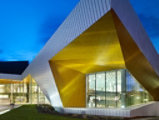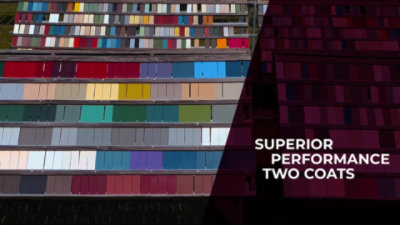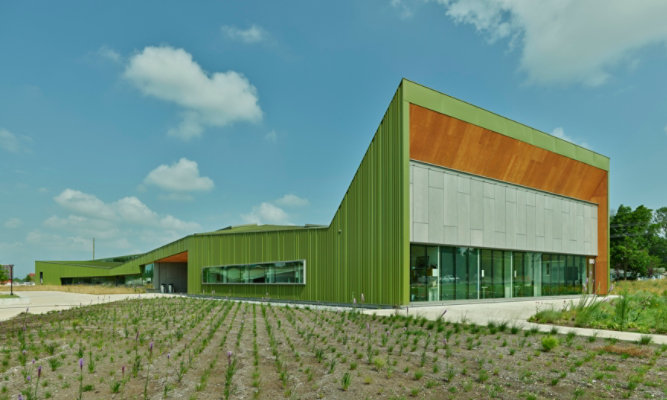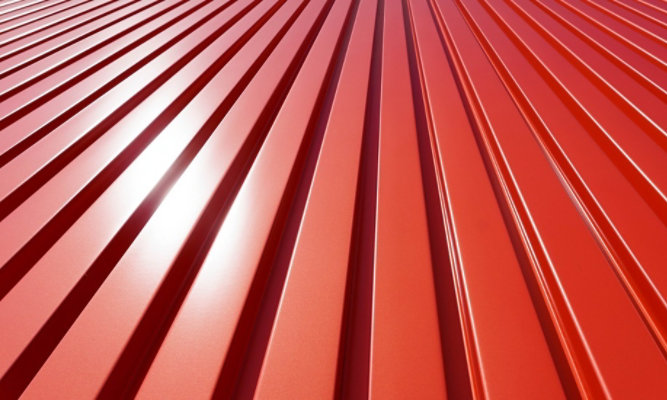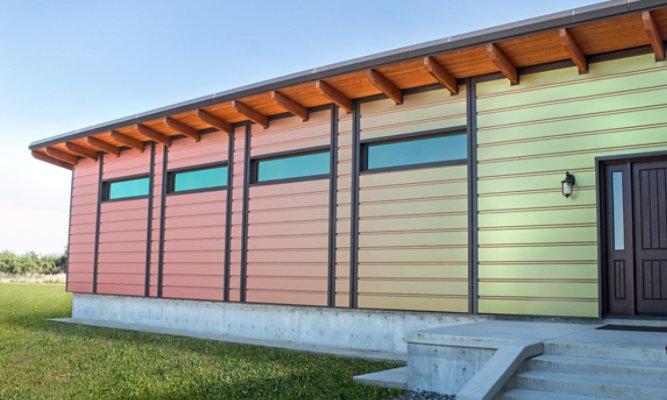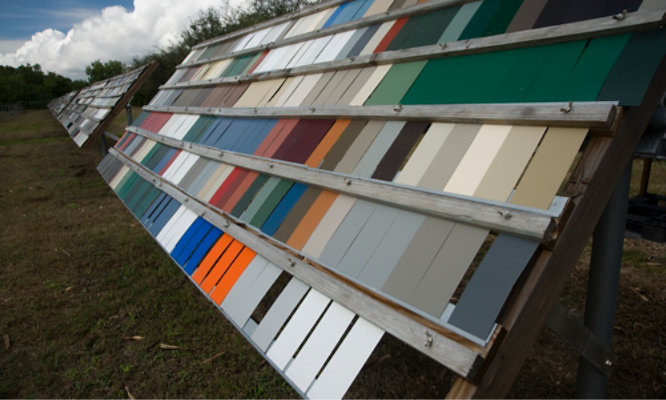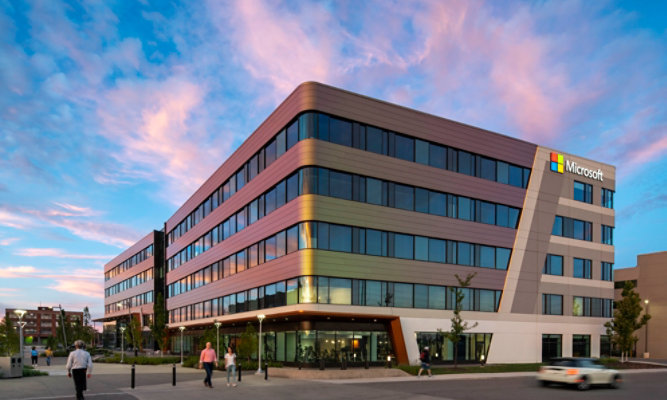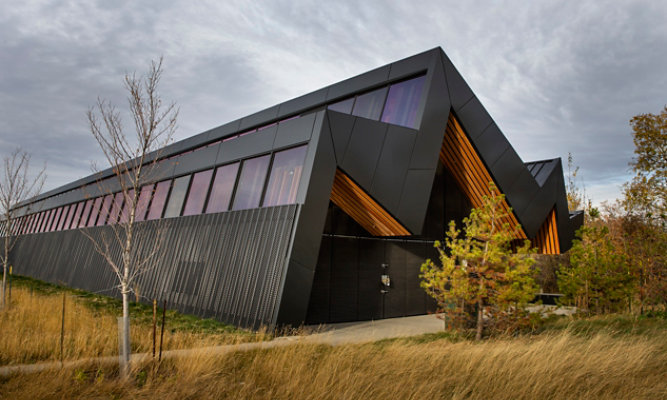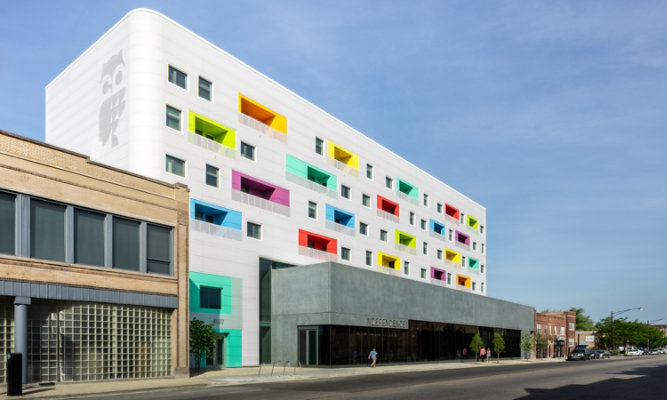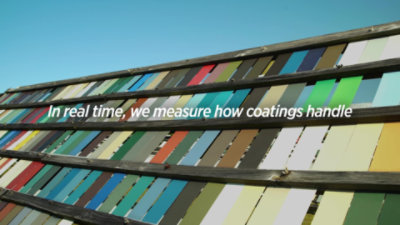Colour can do anything.
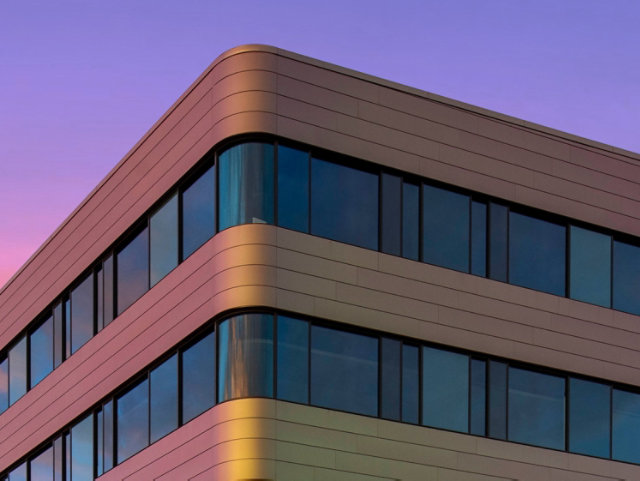
Quick Links

Colour Can Do Anything
Colour is more than a coating. Beyond its extraordinary beauty, we believe colour can do anything.

Colour Can Do Less
Our products can help you reach environmental goals and reduce your impact on the planet.
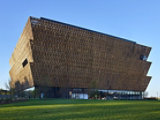
Colour Can Collaborate
Let’s collaborate and find the right coatings solutions for your projects from start to finish.
Metal Coatings
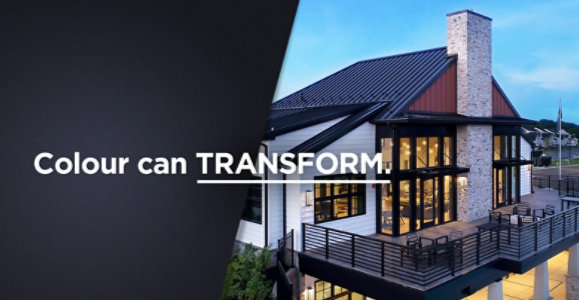
More Than a Coating
Sherwin-Williams Coil Coatings is the leading manufacturer of metal coatings in the world. Our team is obsessed with colour and pursues what’s next — we explore innovation and ask questions that enhance our products. With an enduring commitment to the endless possibility of colour, our metal coatings offer incredible design freedom for countless industries, applications and locations. Partner with the colour and coatings experts and let’s find the perfect match for all your projects.
View Products-
Colour Can Amaze
Dive into our case studies to see, learn and experience all that colour can do.
Featured Videos

Video modal - Color Obsessed
Colour Can Do Anything
At Sherwin-Williams Coil Coatings, we are obsessed with colour. Our advanced coil and extrusion coatings accentuate exteriors, protect roofs and provide timeless design options. But, beyond its extraordinary beauty, we know colour is more than a coating. Colour can tell stories, define skylines or spark a memory. With its endless ability to inspire, we believe colour can do anything.
-
Thinking in Colour
Watch the first-ever immersive colour experience from Sherwin-Williams.
Watch Video -
Colour Mixology
Our world-class events, like Colour Mixology, inspire architects to think about colour differently.
Watch Video -
News & Media
Featured Media
Stay up-to-date with the latest product releases, news and upcoming industry events.
Go to Resource Center